I am trying to implement a particular type of model predictive control in the Simulink-Matlab framework. To do so, my plan was to have the dynamic model in Simulink call an external Matlab S-function which in turns runs an optimization that calls a different Simulink file. Hence, the program flow would be as follows:
Simulink -> Matlab (fmincon or quadprog) -> Simulink.
As you can see, the Matlab S-function would call either fmincon or quadprog, but I would like to use fmincon for my particular control type. Please, ignore any issues related to computational efficiency so far.
I tried this approach, but there are two very clear problems: * Firstly, in order to compile the code without errors (basically obtaining a .mex file, I do not need to program in C yet), I added the command
coder.extrinsic('fmincon');
This was required because otherwise Simulink is unable to compile the mex file. However, if you do this, then you get the following error:
Function handles cannot be passed to extrinsic functions.
I tried to change my cost function calling Simulink to another, simpler cost function (x.^2), but I still get the error.
Looking for a solution to the problem, I found the same question (i.e. how to call fmincon from a Matlab function within Simulink) on the Mathworks blog, but with no answer (https://uk.mathworks.com/matlabcentral/answers/65202-optimization-calling-fmincon-in-simulink-embedded-block).
Could anyone give me a hand? Thanks in advance!
